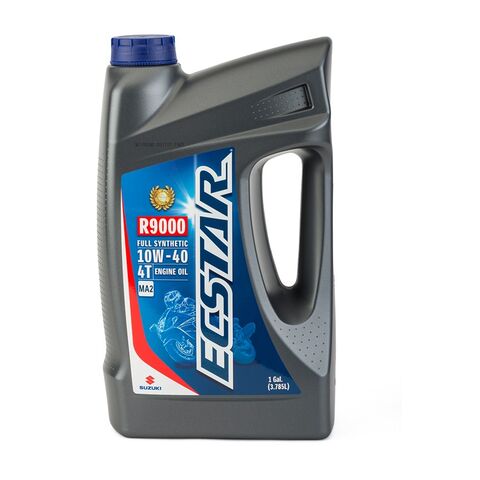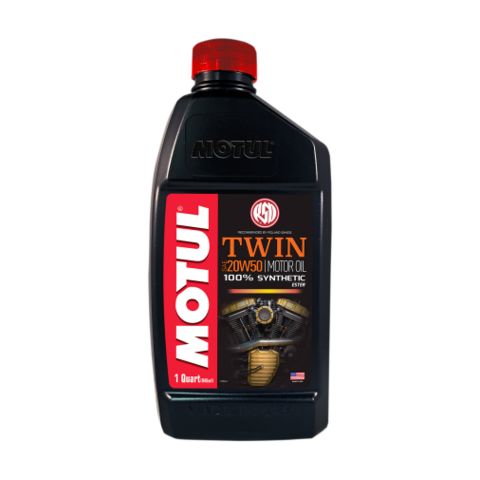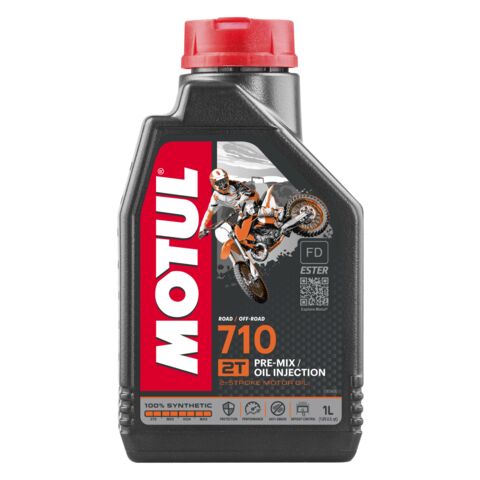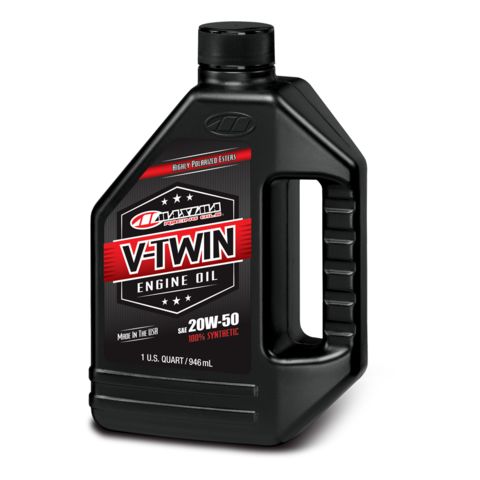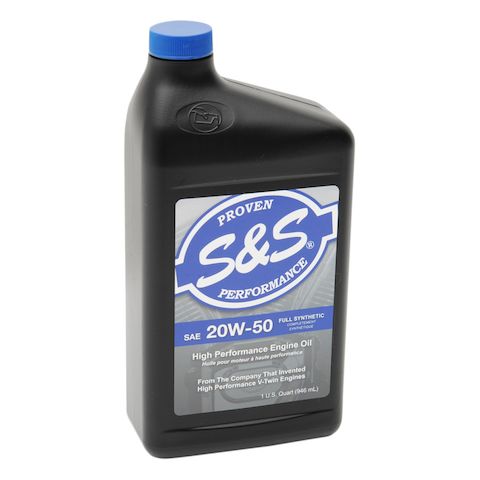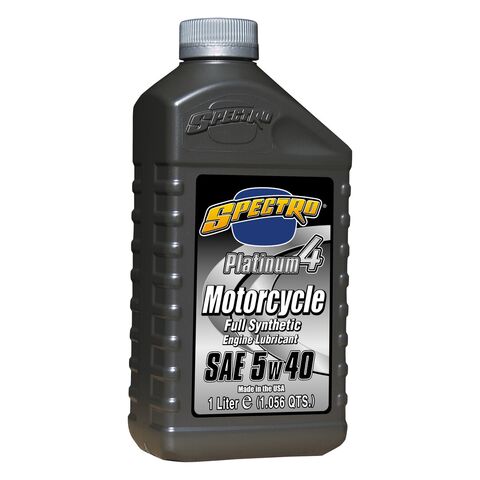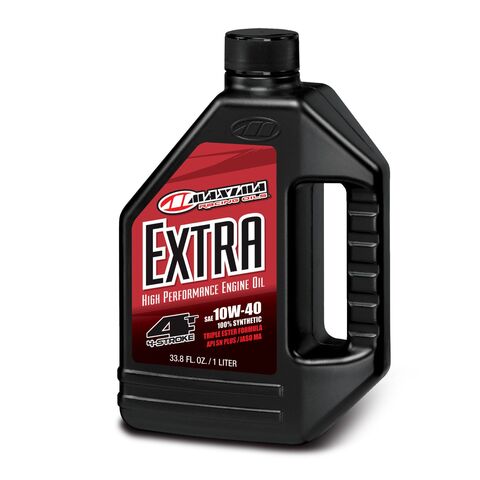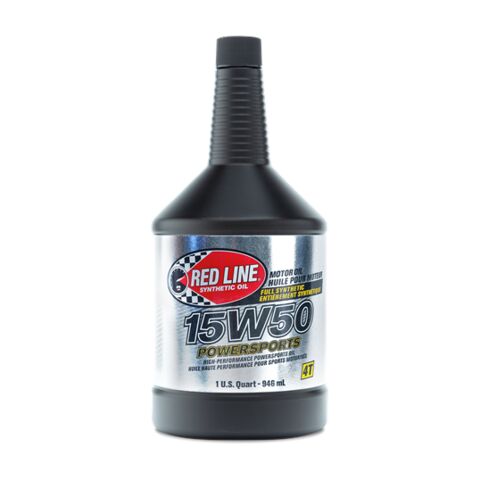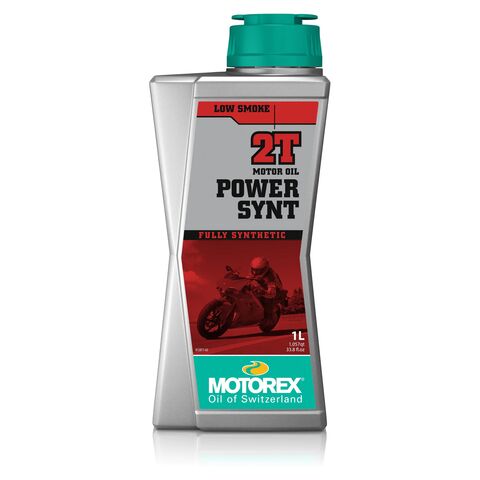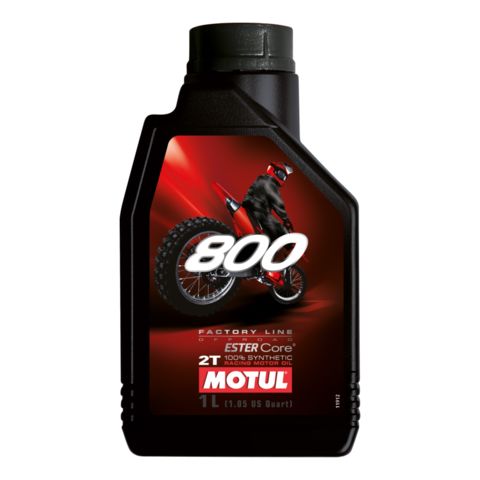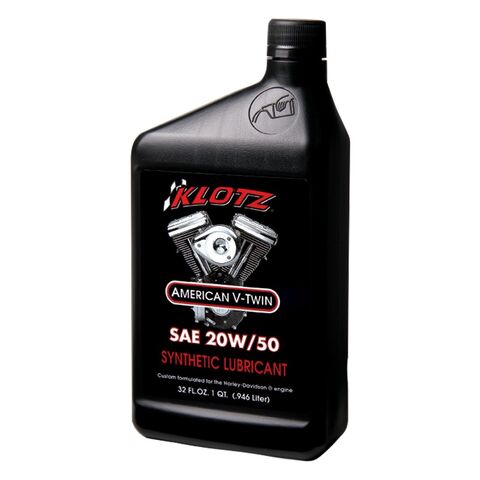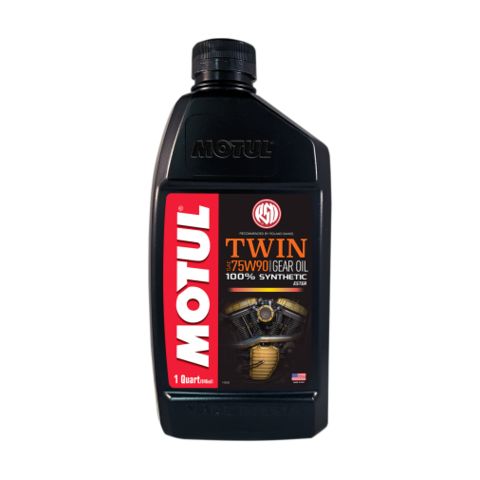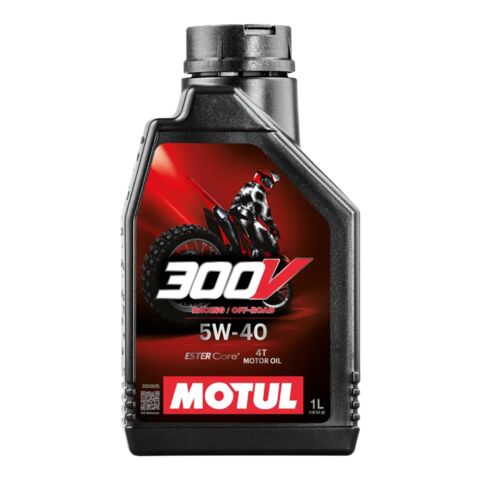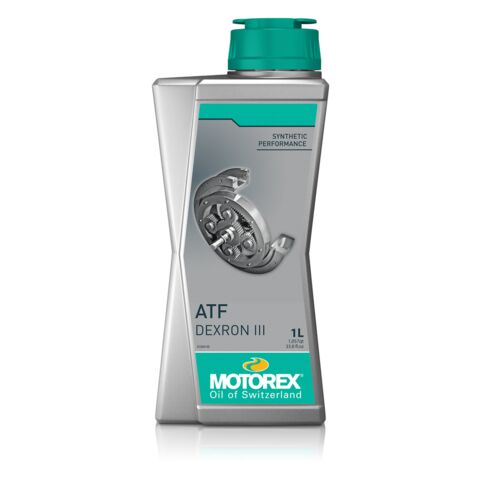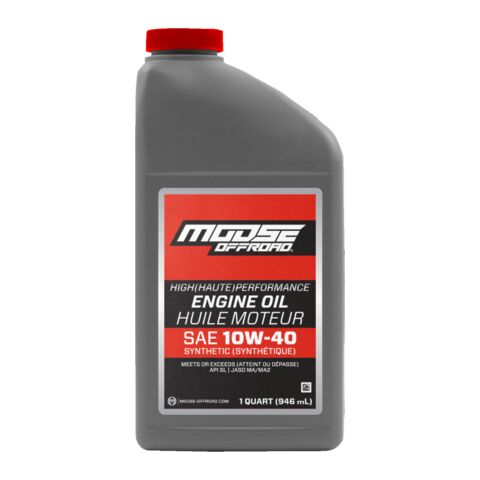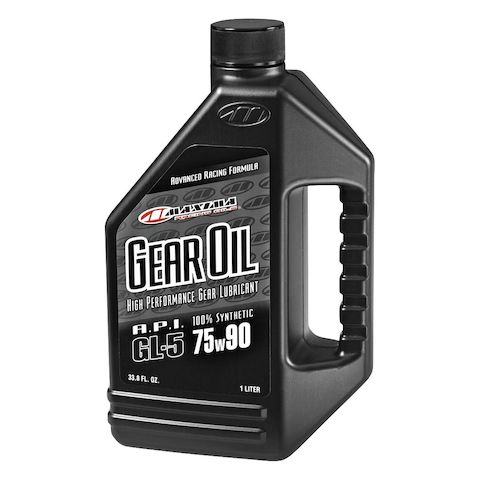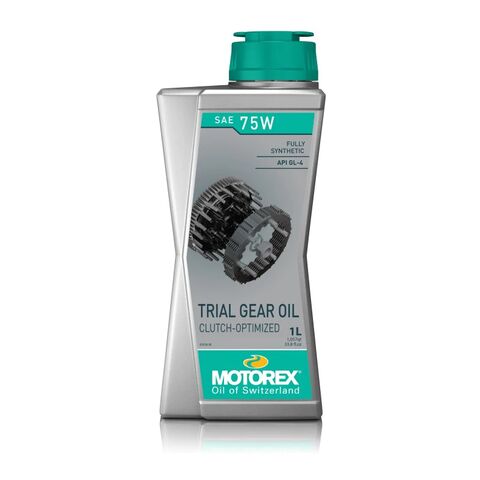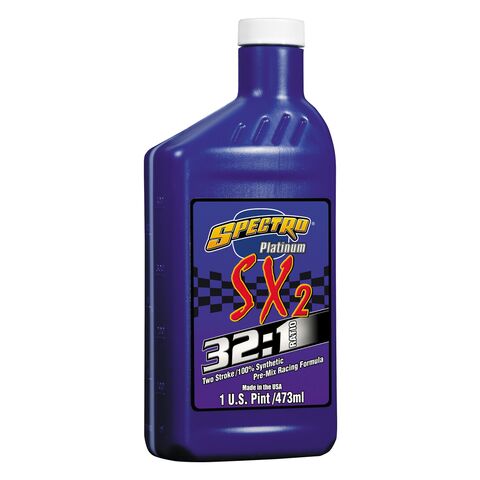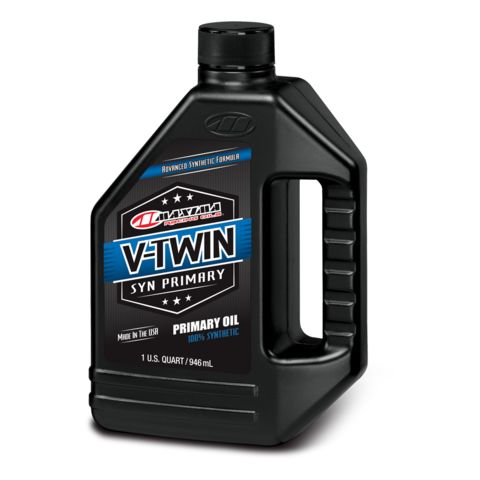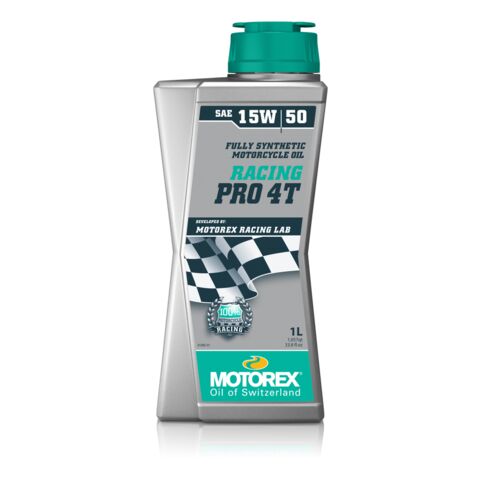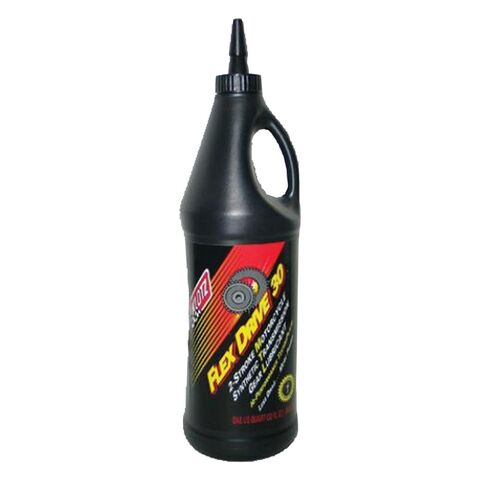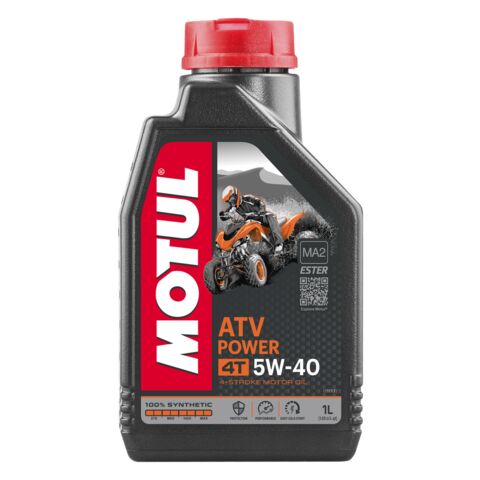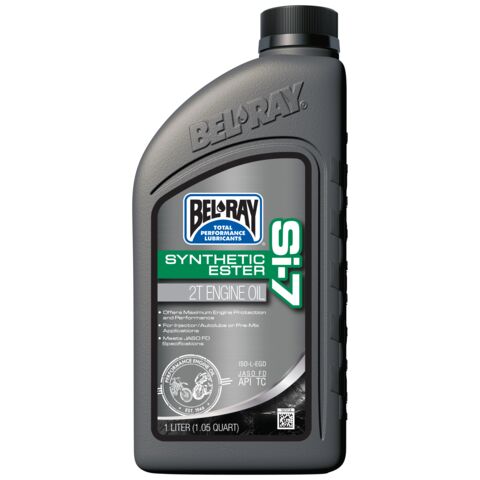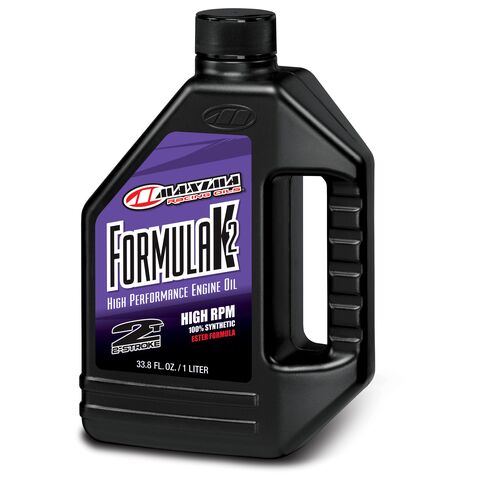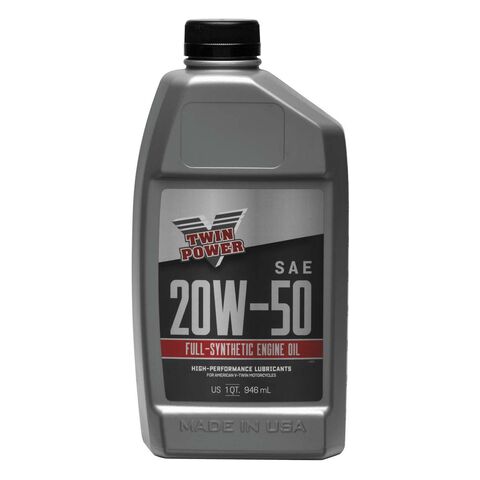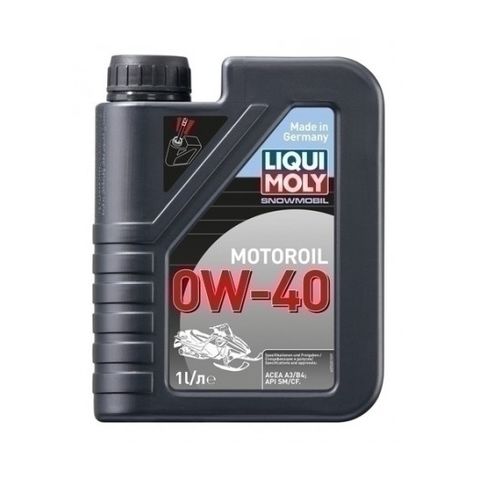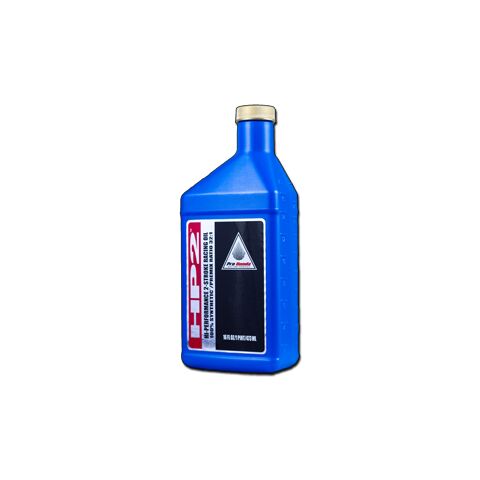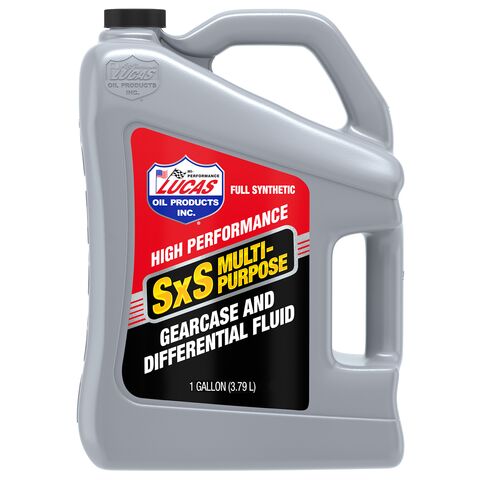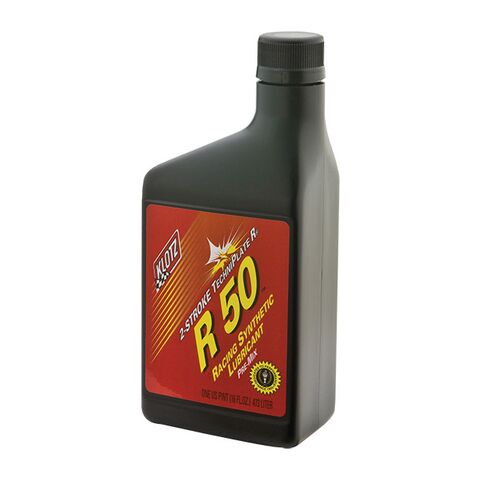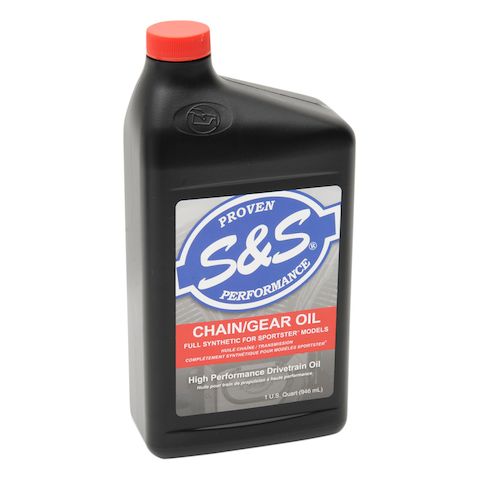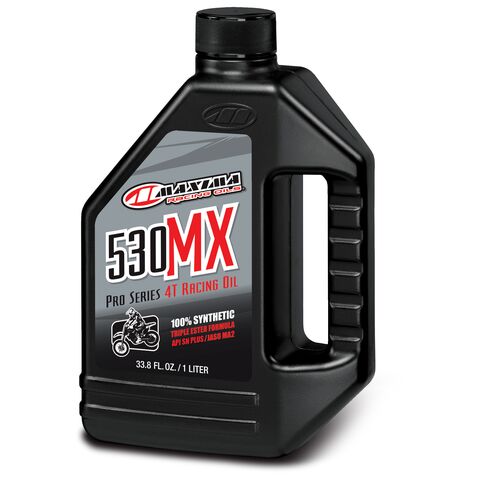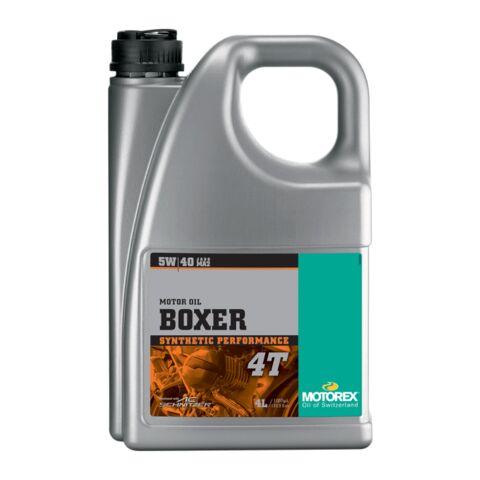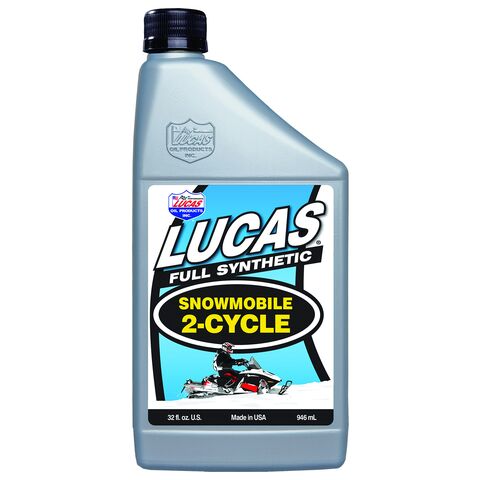Synthetic Motorcycle Oils
Filters
- Riders Preferred Membership
- Shop By
- Store Pickup
- Riding Style
- Product
- Brand
- Bel Ray Lubricants(6)
- Castrol(1)
- Fire Power(1)
- Honda(2)
- K&N(2)
- Kawasaki(1)
- Klotz Synthetics(15)
- Liqui Moly(12)
- Lucas Brand(5)
- Maxima Lubricants(17)
- Milwaukee Twins(3)
- Mobil1(2)
- Moose Racing(1)
- Motorex(12)
- Motul(29)
- Red Line(14)
- Rekluse(3)
- S&S Cycle(5)
- Spectro(3)
- Suzuki(1)
- Twin Power(3)
- VP Racing Fuels(2)
- Yamaha(3)
- Yamalube(3)
- Oil Type
- Oil Weight
- Price Range
- Discount Range
There’s so much science behind motorcycling that it’s easy to forget what really makes the magic happen. Synthetic motorcycle oil is one example of research and development departments creating a lubricant that blows its mineral counterpart out of the water. While synthetic motor oil is nothing new, it’s usually the one and only option for riders who are pushing their bikes to extremes or want to prolong engine life. If you’d like to do your own research into synthetic oil vs. regular oil in motorcycles, start here. After that, start browsing for the best option that matches your bike and riding style.
Synthetic Oil vs. Regular Oil in your Motorcycle
In short, synthetic oils are exactly what they sound: lab-grown and man-made with crude oil generally serving as the base. These engineered oils have molecules and additives that lubricate better and still stand up under harsh conditions. OK, so the scientists say this product is superior to what’s pumped out of the ground — why should you pay extra for it then? In comparison to mineral, synthetic oil continues to work under high heat and is proven to perform better and not break down like its counterpart. Pick up products from Amsoil or Mobil and you’ll have to worry less about oxidization or heat dissipation. You'll also ride with confidence knowing the gears, camshafts and clutch (unless it’s dry on a Ducati!) are sufficiently oiled up.
There’s a cost-benefit analysis to all this, which we’ll leave up to you, but suffice to say you’re getting a better product while paying a little extra for it. If you're going the synthetic route, know that the intervals between oil changes can be as much as 5,000 to 7,000 miles. Be sure to pick up an oil filter for your bike while you’re at it and treat the internals of your motor to a much-needed bath.
Synthetic Oil vs. Regular Oil in your Motorcycle
In short, synthetic oils are exactly what they sound: lab-grown and man-made with crude oil generally serving as the base. These engineered oils have molecules and additives that lubricate better and still stand up under harsh conditions. OK, so the scientists say this product is superior to what’s pumped out of the ground — why should you pay extra for it then? In comparison to mineral, synthetic oil continues to work under high heat and is proven to perform better and not break down like its counterpart. Pick up products from Amsoil or Mobil and you’ll have to worry less about oxidization or heat dissipation. You'll also ride with confidence knowing the gears, camshafts and clutch (unless it’s dry on a Ducati!) are sufficiently oiled up.
There’s a cost-benefit analysis to all this, which we’ll leave up to you, but suffice to say you’re getting a better product while paying a little extra for it. If you're going the synthetic route, know that the intervals between oil changes can be as much as 5,000 to 7,000 miles. Be sure to pick up an oil filter for your bike while you’re at it and treat the internals of your motor to a much-needed bath.




























